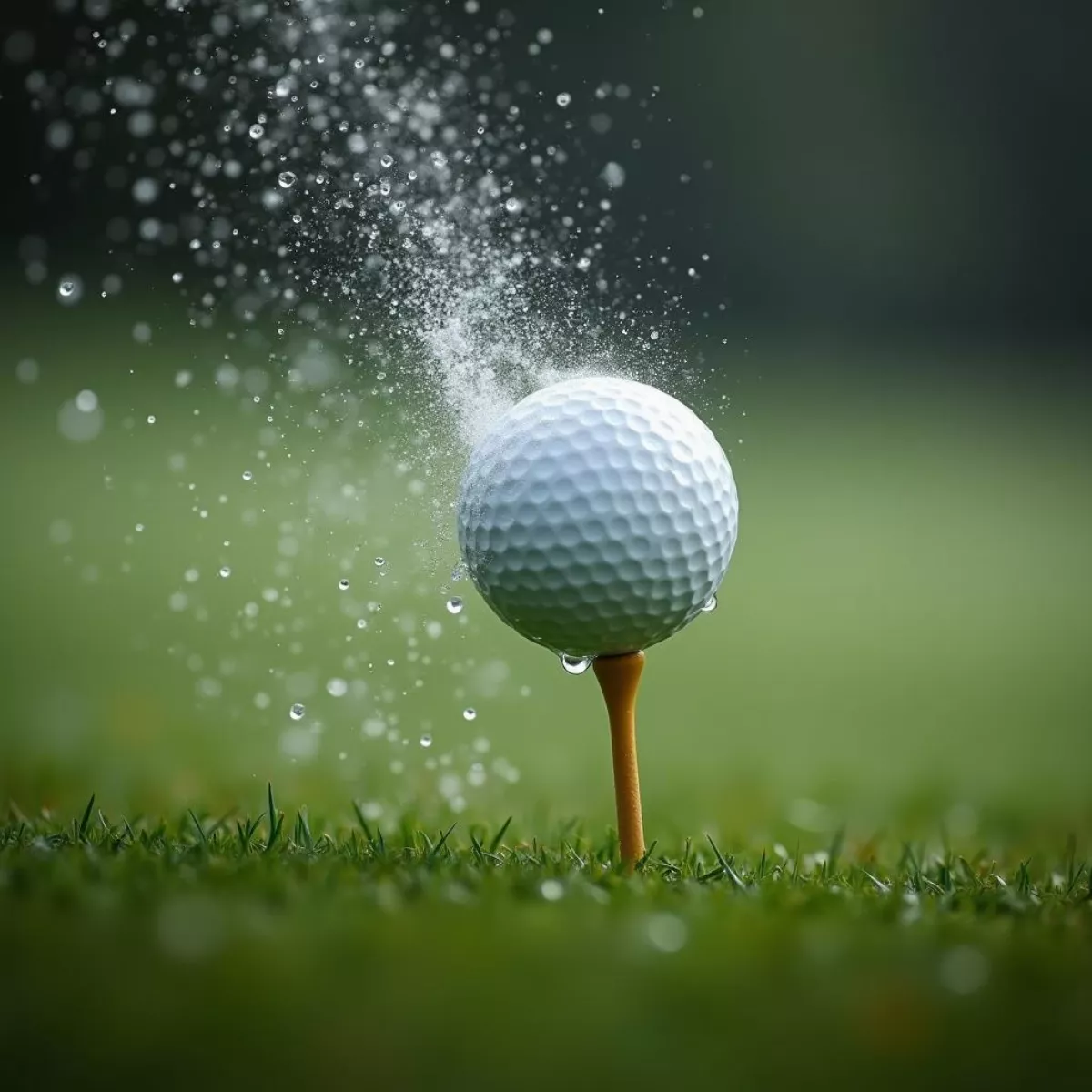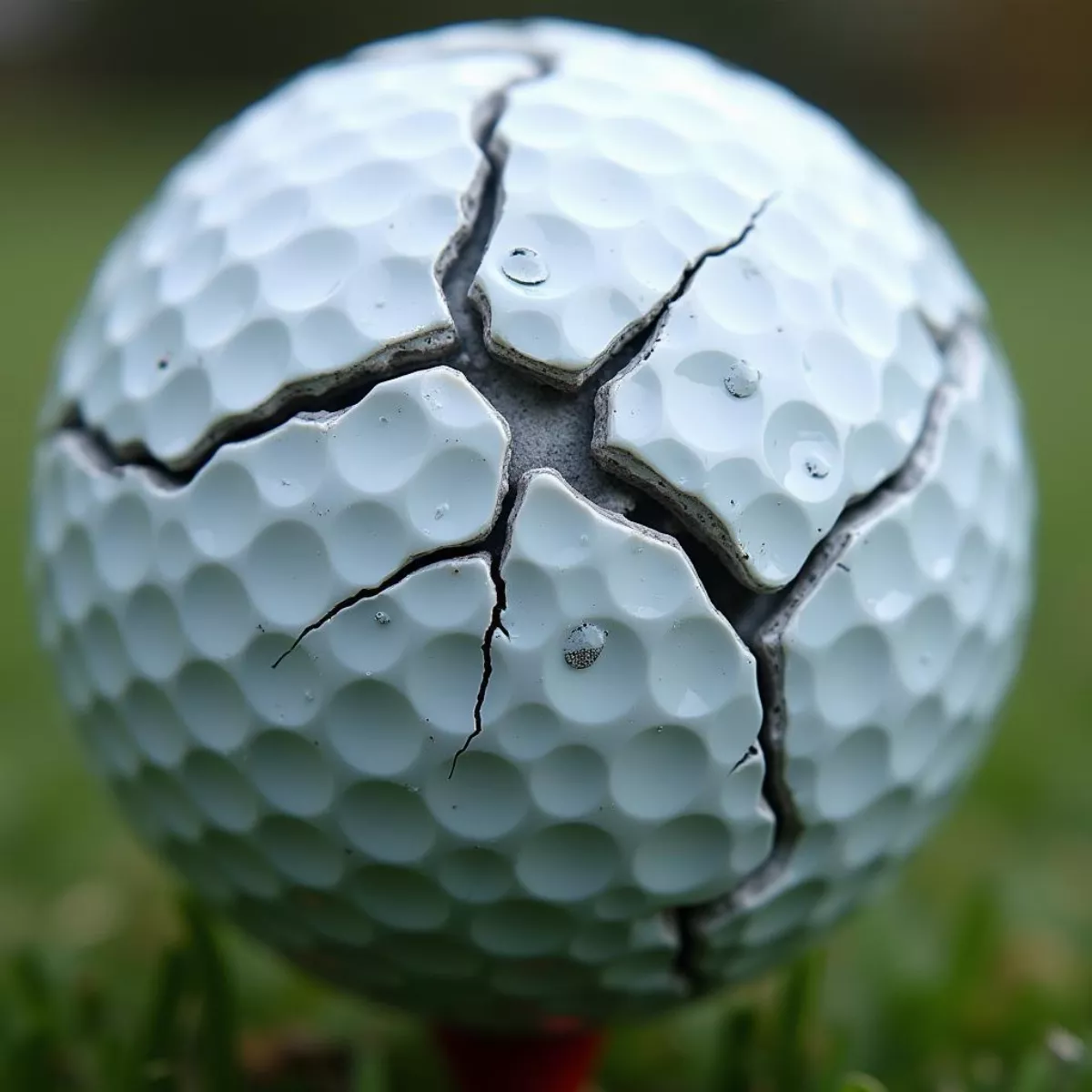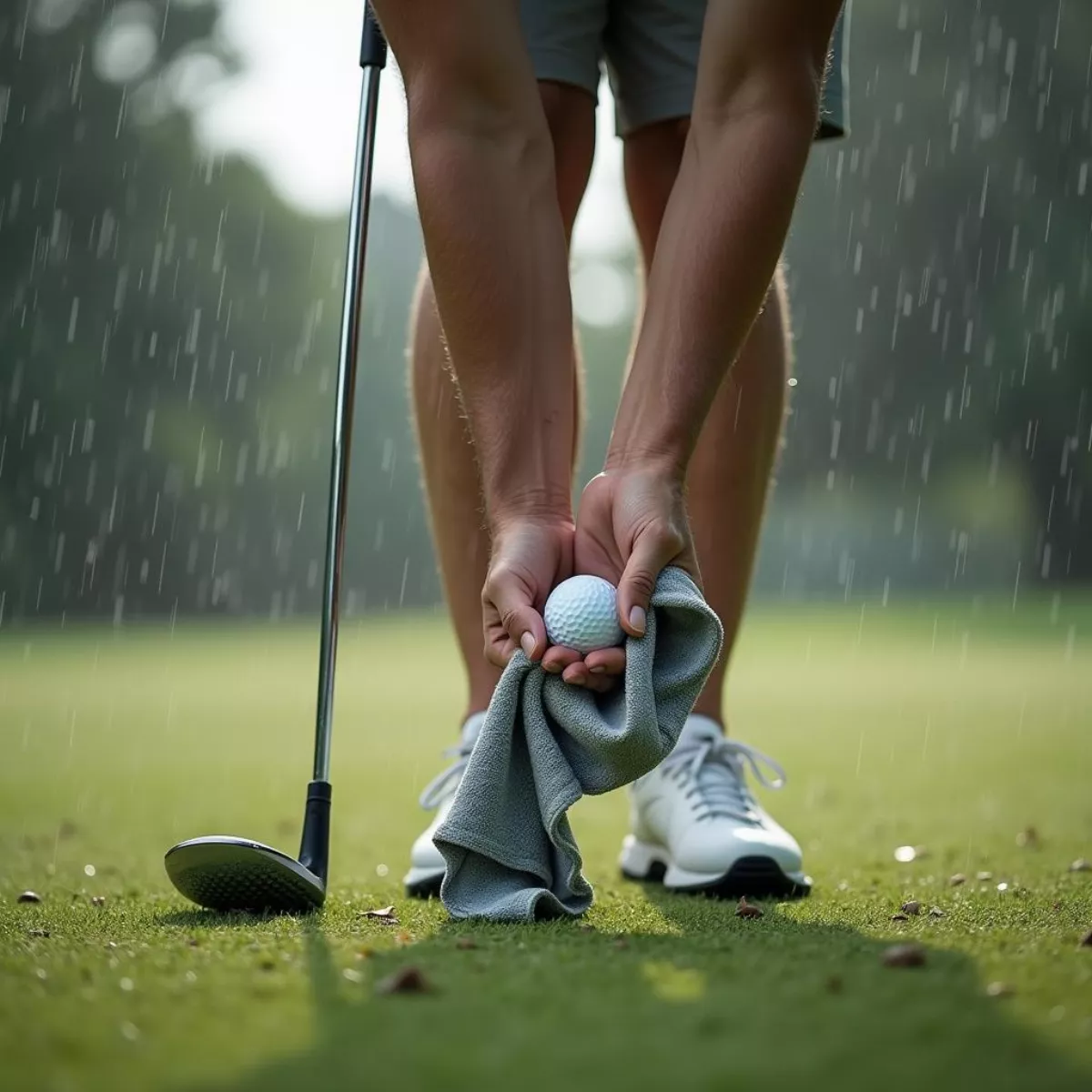Golf is a sport of precision and finesse, but what happens if your golf ball gets wet? Weather can be unpredictable, and if you find your game played in damp conditions, it’s important to understand how moisture affects your golf ball’s performance. In this article, we will explore the impact of wet conditions on your golf ball and offer tips on how to navigate these challenges effectively.
Understanding Golf Ball Composition
Before we dive into the effects of moisture, let’s take a moment to understand the composition of a golf ball. A typical golf ball consists of:
- Outer cover: Often made of urethane or Surlyn, the cover influences spin and control.
- Mantle layer: This layer affects the ball’s compression and distance.
- Core: Usually made of rubber or synthetic materials, the core is where the energy transfers during a shot.
These components combine to create a balance of distance, control, and feel. When water interferes with these materials, the following changes can occur.
How Moisture Affects Your Golf Ball
1. Increased Weight
When a golf ball becomes wet, it absorbs moisture. Depending on how soaked it gets, this could add a few grams of weight.
- Impact on Performance: This may lead to decreased distance since a heavier ball requires more energy to travel the same distance compared to a dry ball.
2. Altered Flight Characteristics
Wet golf balls can behave differently during flight.
- Increased drag: The water on the ball’s surface can create additional drag, potentially reducing its distance.
- Flighter trajectory: With more drag, you might see a higher ball trajectory, which can negatively impact your shots significantly.
 Wet Golf Ball Flight Trajectory
Wet Golf Ball Flight Trajectory
3. Change in Feel and Control
The feel of a wet ball changes as well.
- Softness: A wet ball feels softer and less responsive, making it harder to control your shots.
- Spin: Moisture affects how the ball interacts with club grooves. A wet ball generates less spin, reducing your ability to control the ball on the green.
4. Higher Risk of Damage
If you’re playing with a damaged golf ball, the effects of moisture can compound the existing issues.
- Cracks and scratches: If your ball has pre-existing damage, water can exacerbate these problems, leading to further degradation of its performance.
 Damaged Golf Ball Water Absorption
Damaged Golf Ball Water Absorption
Tips for Playing with Wet Golf Balls
Every golfer finds themselves facing wet conditions at some point. Here are some practical tips to help you perform at your best in these conditions:
- Keep It Dry: Use a towel to dry the ball before each shot. A clean, dry ball will have better performance than a wet one.
- Choose the Right Ball: Some golf balls are designed to perform better in wet conditions. Balls made with a urethane cover can offer better grip and spin on a wet surface.
- Consider Your Clubs: The type of club you use can impact how well you play with a wet ball. Using clubs with deeper grooves can help channel moisture, improving spin and control.
- Adjust Your Technique: You might need to adjust your swing speed and angle of attack. A slower swing may help you control a wet ball better.
- Practice in Wet Conditions: Getting used to how a wet ball behaves could give you the advantage when faced with similar conditions during a game.
Key Takeaways
- Wet golf balls absorb moisture, increasing their weight and affecting performance.
- The flight characteristics of a wet ball change due to increased drag, leading to decreased distance.
- Moisture can alter the feel and control of the golf ball, impacting your game.
- Using a towel to dry the ball and adjusting your technique can help mitigate the effects of moisture.
 Golfer Drying Golf Ball
Golfer Drying Golf Ball
Frequently Asked Questions (FAQ)
1. Will a wet golf ball fly as far as a dry one?
- No, a wet golf ball typically flies shorter distances due to increased weight and drag.
2. How can I prevent my golf ball from getting wet?
- Use waterproof covers for your golf bag and always keep a towel handy to dry the golf ball before each shot.
3. What type of golf ball performs best in wet conditions?
- Balls with a urethane cover tend to perform better in wet conditions, providing better grip and control.
4. Can moisture permanently damage a golf ball?
- While a wet golf ball can be played with, prolonged exposure to moisture can lead to permanent damage, like cracks in the cover.
5. Is it a good idea to play in wet conditions?
- If you respect your capability and safety, playing in light rain can be fun. However, heavy rain can make conditions hazardous.
6. What is the best way to clean a wet golf ball?
- Dry it gently with a towel to remove excess water; avoid using excessive force to prevent damage to the ball’s surface.
7. Can I use a regular towel to dry my golf balls?
- Yes, but make sure it’s clean and dry to avoid introducing dirt that could further affect the ball’s performance.
8. Do different brands of golf balls react differently to wet conditions?
- Yes, different brands and models can have varying results based on their materials and design. It’s wise to test different options.
By staying informed about how moisture affects your golf balls, you can make better decisions on the course. Whether you’re facing water hazards or a surprise rain shower, knowing how to adjust your game can help keep your scores low and your spirits high.
Remember, wet conditions present challenges, but they also offer opportunities for growth. Happy golfing, rain or shine!

